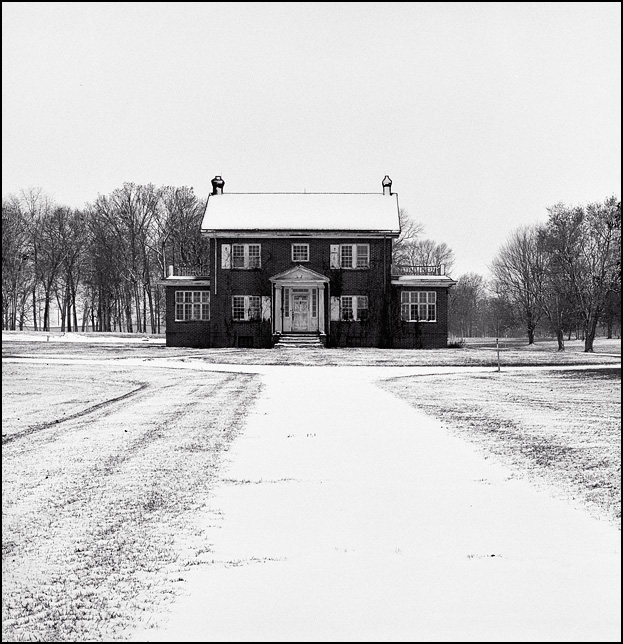eli griggs
Well-known
I have most of a cold stored brick of 20 rolls of Verichrome Pan and I am wondering on how well it process in D-76 @ 1:1, vs, Parrodinal, and HC-110?
I would like to know favorite lighting conditions and speeds, I looked earlier at the M.Development Chart, and saw that most of the outdated recommendations called for pushing the ISO a stop or so, past box speed, so I'd also like to know your experience with this.
Most of the film is still in the freezer, a trade years ago, for a bulk roll 64mm colour film, and while I was doing a quick search on a photo road trip today, I say an outrageous price for this film, in 120 format.
I'd like to know what it's practical value is, so I have a choice of shooting it or selling it, to make the best of this resource., as I would really prefer selling, or trading/buying Tri-X in that format, if it means substantially more film for the value.
Reminiscent memories are as welcomed as tips, so feel free to comment, it's all good.
I would like to know favorite lighting conditions and speeds, I looked earlier at the M.Development Chart, and saw that most of the outdated recommendations called for pushing the ISO a stop or so, past box speed, so I'd also like to know your experience with this.
Most of the film is still in the freezer, a trade years ago, for a bulk roll 64mm colour film, and while I was doing a quick search on a photo road trip today, I say an outrageous price for this film, in 120 format.
I'd like to know what it's practical value is, so I have a choice of shooting it or selling it, to make the best of this resource., as I would really prefer selling, or trading/buying Tri-X in that format, if it means substantially more film for the value.
Reminiscent memories are as welcomed as tips, so feel free to comment, it's all good.








